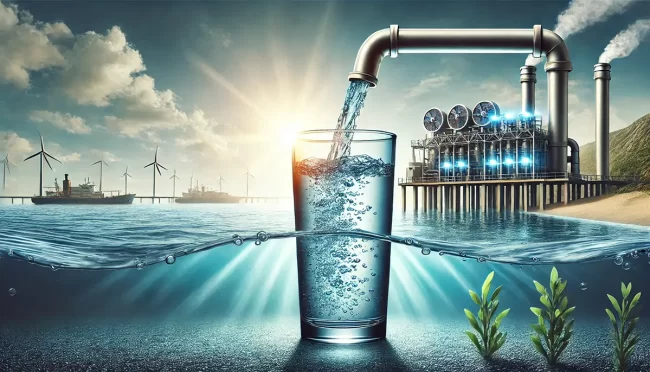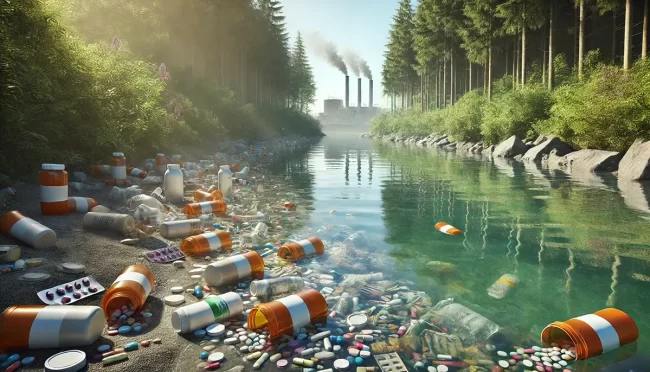Safeguarding Public Water Supplies with Chlorine Dioxide
Maintaining the safety and quality of public drinking water is a critical responsibility for municipalities. As urban populations grow and industrial activities increase, water utilities must meet the ever-evolving challenge of delivering clean, safe water to homes and businesses. One highly effective method for ensuring water quality is the use of Chlorine Dioxide (ClO₂) in…









